Broan 423004 Manual
| Mærke: | Broan |
| Kategori: | Emhætte |
| Model: | 423004 |
Har du brug for hjælp?
Hvis du har brug for hjælp til Broan 423004 stil et spørgsmål nedenfor, og andre brugere vil svare dig
Emhætte Broan Manualer
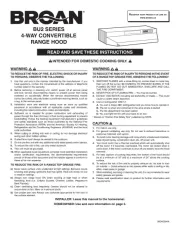
20 Oktober 2025

19 Oktober 2025
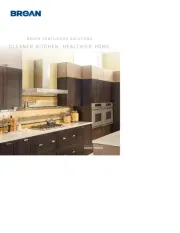
19 Oktober 2025
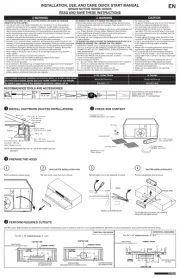
6 Juli 2025
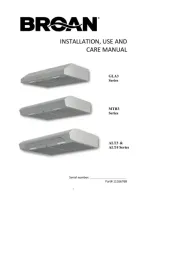
6 Juli 2025
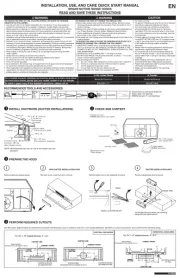
6 Juli 2025
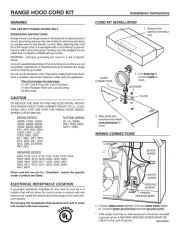
6 Juli 2025
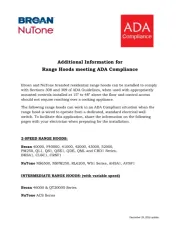
4 Juli 2025
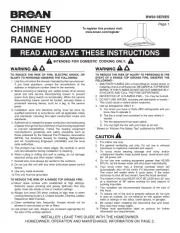
4 Juli 2025
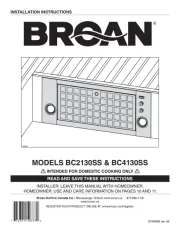
4 Juli 2025
Emhætte Manualer
- SIBIR
- NuTone
- James
- Progress
- M-System
- Gemini
- Thermex
- Best
- Turbo Air
- Profilo
- Rommer
- V-Zug
- ZLine
- Thermador
- Proline
Nyeste Emhætte Manualer

12 November 2025

12 November 2025
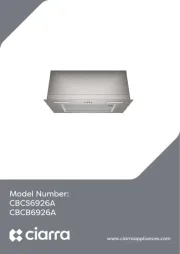
11 November 2025
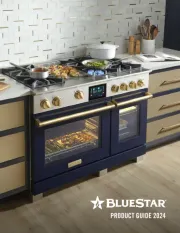
11 November 2025
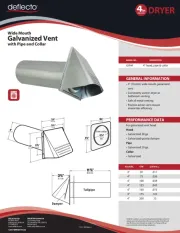
11 November 2025

11 November 2025

11 November 2025
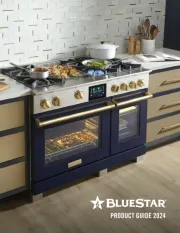
11 November 2025
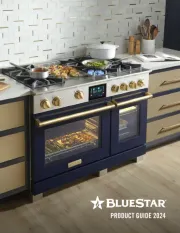
11 November 2025
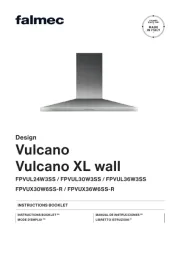
11 November 2025
